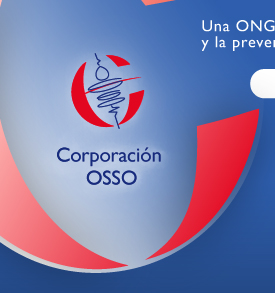Evaluation
Evaluation of tsunami source scenarios in the caribbean sea and simulation of wave height, a TIME
project activity
INTRODUCTION
Colombia has extended coastlines on both the Pacific Ocean and the Caribbean Sea. But, while its Pacific
coasts are close to a very active and tsunamigenic subduction zone and have sustained several disasters, the
tsunami hazards at its Caribbean coasts - both continental and insular - are yet unknown, but basically
perceived as insignificant and, in any case, much smaller than those caused by swell episodes during the
annual hurricane seasons. On a regional scale, tsunami hazards are also regarded as a lesser concern,
compared to rather frequent disastrous hurricanes.
The available historical cataloges (Grases, 1994; Lander & Lockridge, 1989) do not list any tsunami impact on
Colombian coasts. However, the lack of historical events cannot be conclusive; the recurrence periods of
large earthquakes in the Caribbean are rather long and smaller events may have passed unrecorded, among the
very frequent - in fact, yearly - ocurrences of swell due to hurricanes, and due to the lesser attention to
natural events during periods of war and buccaneer activity. But the Caribbean is indeed a seismocally active
region; its rims -from Guatemala over the Greater and LesserAntilles, Venezuela, Colombia, Panamá and
part of Costa Rica - are plate margins (Fig. 1). While long segments of this margin are lateral or
extensional tectonic features, others from Hispaniola to Trinidad and in front of Colombia and
Panamá - are subduction zones. There is no record yet of a Caribbean-wide tsunami, but local tsunamis
have been reported from many areas, over most of the active segments of its rim and mainly in the Antilles
Arc; the best known event is probably the 1692 Port Royal (Jamaica) disaster.
In order to provide foundations for decisions and to assess the need for tsunami mitigation measures for
Colombia's Caribbean coasts, including a recently proposed regional tsunami warning system, we have made a
preliminary evaluation of tsunami hazards, covering the most likely sources, earthquakes, although volcanic
and submarine landslide tsunami are also possible, at much lower frequency. With a deterministic approach,
using using available seismotectonic and historical information, we analized one by one the regional
seismotectonic features, to identify the most likely sources of tsunami which could threaten the coasts of
Colombia. To obtain an estimate for probable tsunami wave heights, numerical simulations of wave generation
and propagation were performed, using the shallow water equations as implemented in the TIME routines.
|


